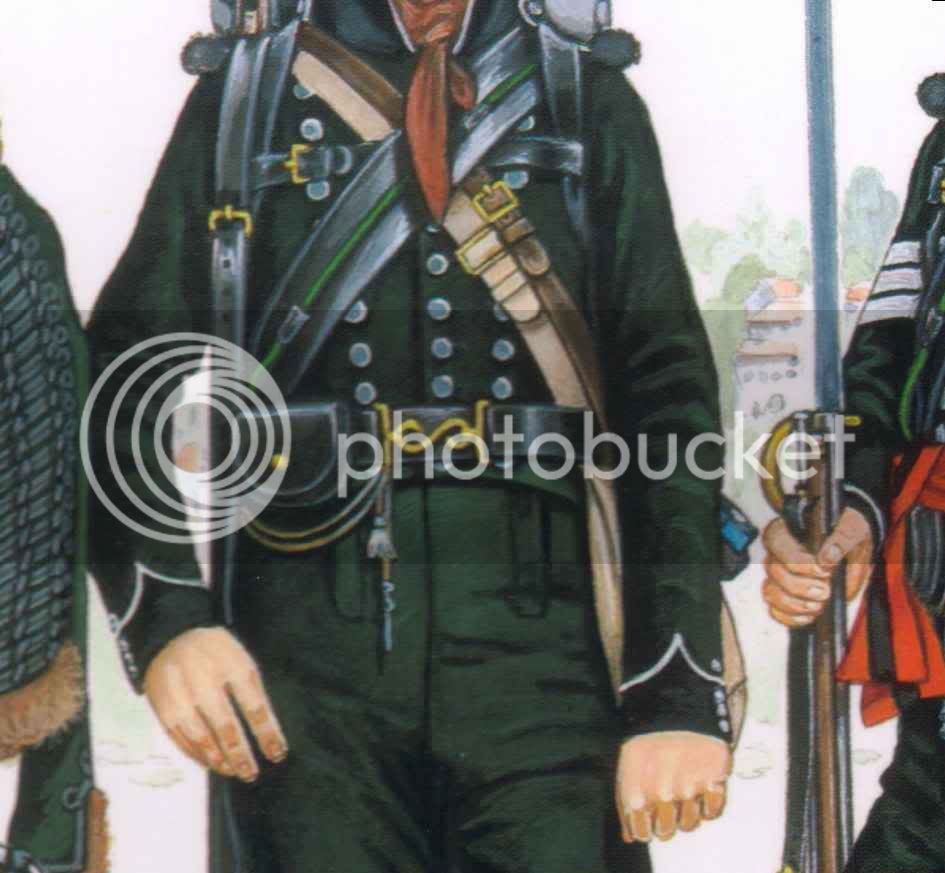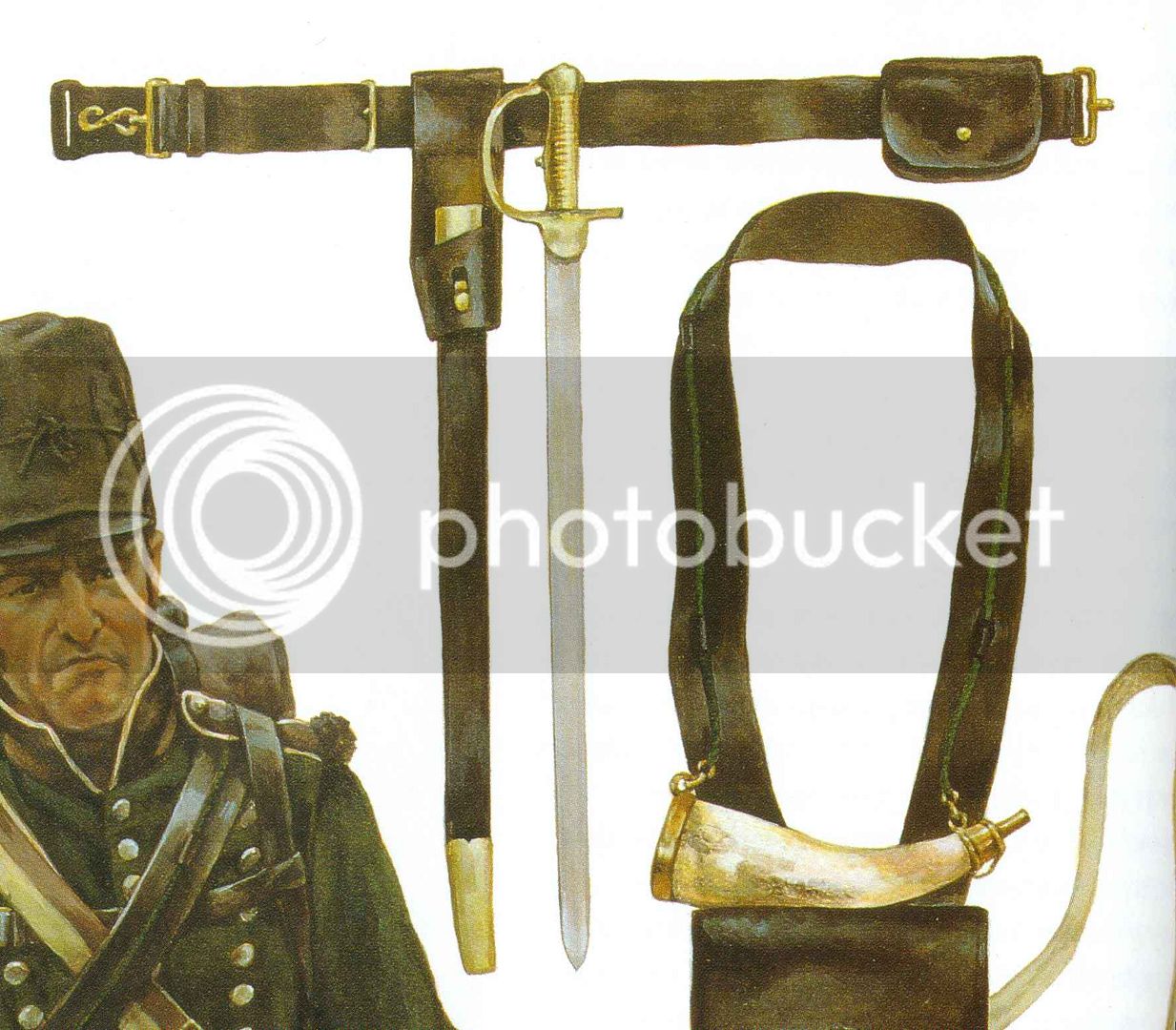Skagun said:However. . . if you take any of those bags and shorten the strap, voila, you have a belt bag.
It's a pity, but far too many items did not survive from antiquity; consequently, we must extrapolate at times to create logical representations. This field of our is called "Historical interpretation" so it is up to us and our research to "interpret" the period as best we can. whether you use a belt bag or not, do so on artifactual and documentary evidence. it's OK to make a "Best guess" estimate as long as it's done with careful thought and research.
There's just not enough evidence to back patent black-&-white conclusions.
Proper interpretive displays require the right mix of intellect and imagination more than mimickry.
Whew, I haven't been this high up on my soapbox in a LONG time, anyone got a ladder?:redface:
Good luck on your search, and let us know what you come up with.
Cheers!
Bruce,
I think this is the first time I have heard this called "Historical Interpretation"???
I have always believed that one should be able to show three sources of primary documentation before we can call it historically correct. The idea that a lot of things didn't survive perhaps also means that they didn't exist at all in an earlier time period we are discussing. Your defination and use of historical interpretation smells to much like "If they would have had it, they would have used it". I would tell you that using items based on you defination of historical interpretation is how items become accepted by many today even though they were never used or available in a time period.
You mentioned the Scottish sporran. Sure it has been around since the 1500's or 1600's, we know that because there are many sources of primary documentation to prove it.
People who research for historical documentation also research for what was common so that the overall presentation, not just their persona, is also representative of the period. For example we know that the Englishman Drummond brought some fine English sporting rifles to a western mountainman rendezvous. However, if everyone doing western mountain portrayals carried fine English sporting rifles then the overall atmosphere of a modern day rendezvous would not be at all like the original rendezvous of the 1800's because the modern day guys would not be carrying what was common. Everybody can't be a Lewis Wetzel at a reenactment or trade fair even though one Lewis Wetzel is surely documentable.
"There's just not enough evidence to back patent black-&-white conclusions." isn't exactly true. Many things have been proven to be historically correct as well as common. There are many people out there every day doing research to prove the historical correctness of common everyday items used by our ancestors.
Randy Hedden







